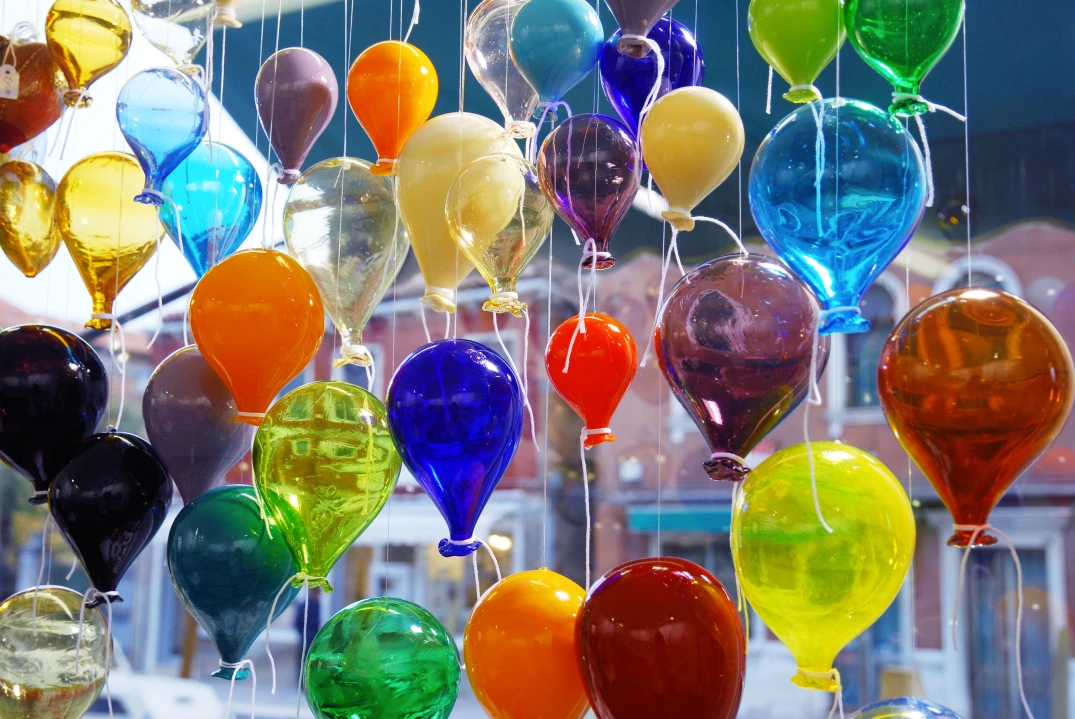The first evidence of glassmaking activities in Venice dates back to 982 A.D., but it was in 1200 that the glassworks first became concentrated in Murano, creating refined products that were far removed from the rougher items produced by other European manufacturers.
Towards the year 1000, under the Venetian Republic, known as la Serenissima, all the kilns in the city of Venice were moved to this small island in the northern part of the lagoon to eliminate the possibility of fires destroying the city, and also to be able to protect the secrets of this process through its isolated geography.
The master glassworkers devised new and complex techniques such as filigree, incalmo (the grafting together of two blown glass bubbles) and ice effect. The formulators created chalcedony (variegated glass paste), lattimo (milk glass), aquamarine and ruby red, while the decorators specialised in painting polychrome glass and diamond tip engraving.
Thanks to these special procedures, Murano glass reached such a degree of purity that it earned the name of “crystal”, as an analogy with rock crystal. The field in which the inventiveness and skill of the glassmakers manifested itself most prominently is that of decorative vases, table sets, decorative objects and, in recent years, sculpture.
In our century, in addition to modelling by hand, mass-produced sculptures are now made using hot-glass techniques and new original effects within the thickness of the glass have also been invented.
On the Island of Murano it is still possible to find practically all the typical processes created and developed here over the course of centuries.
By Camera di Commercio di Venezia




